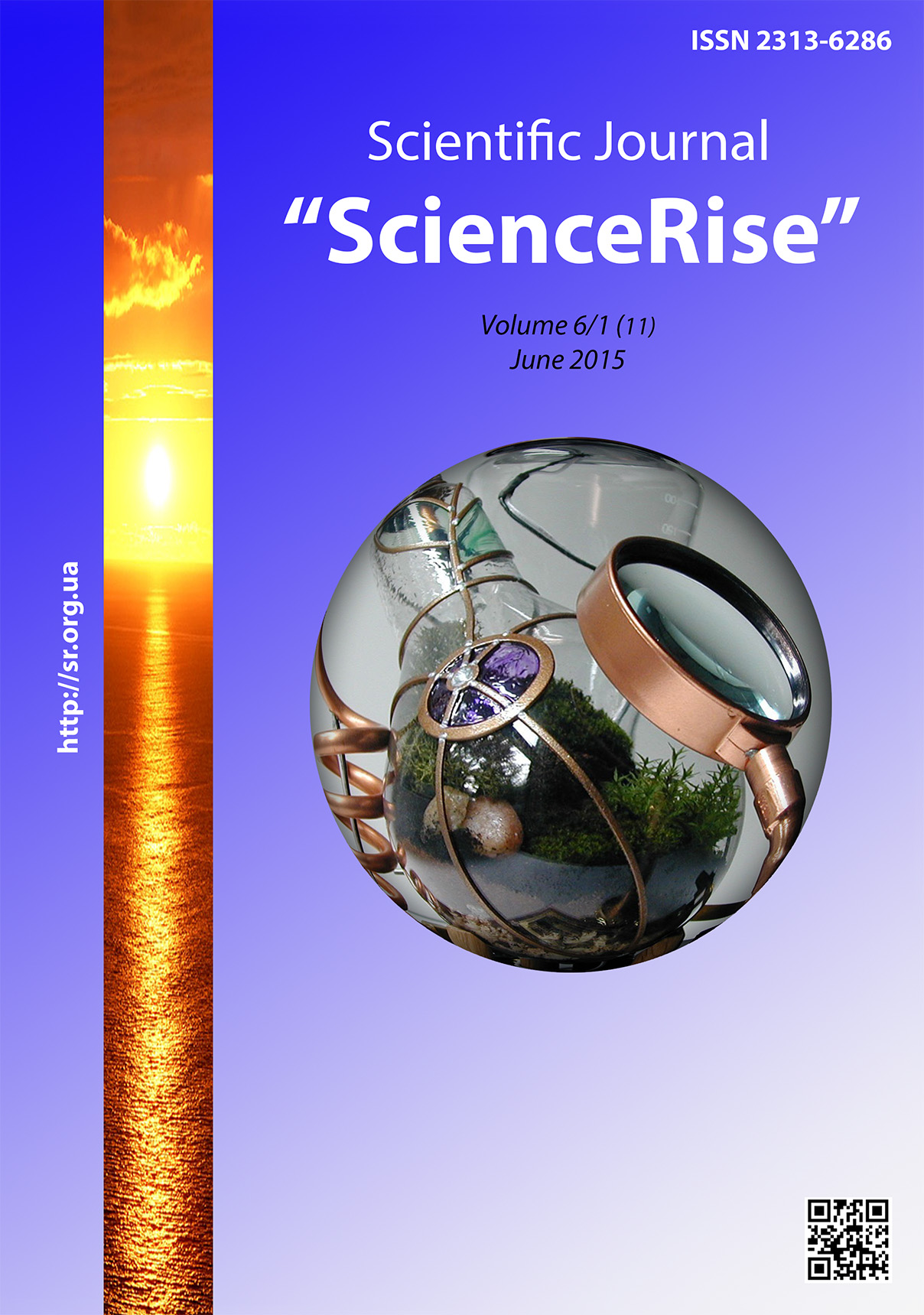Experience of interculturl communication teaching methods implementation
DOI:
https://doi.org/10.15587/2313-8416.2015.44832Keywords:
intercultural communication, intercultural environment, cultural diversity, non-violent communication, self-identification, toleranceAbstract
The article provides a description of pedagogical methods for intercultural communication skills development used by professionals working with children and teenagers within frameworks of charitable foundations in the process of intercultural exchanges. The author points out the problems of children when participating in the charitable foundations work, a detailed description of intercultural communication skills development methods and outlines the theoretical basis of the methods used in the work
References
Edward, T. (1976). Hall. Beyond Culture. Garden City. N.Y.: Anchor. Press/Doubleday, 256.
Vereshchagin, Ye. M., Kostomarov, V. M. (2005). Language and culture. Moscow: Indryk, 1038.
Grushevitskaya, T. G., Popkov, V. D., Sadokhin, A. D. (2002). Basics of intercultural communication. Textbook for Higher educational establishments (Editor-in-chief A.P. Sadokkhin). Moscow: UNITY-DANA, 352.
Ter-Minasova, S. G. (2000). Language and intercultural communication. Moscow: Slovo, 634.
Khimicheva, S. A. (2012). Intercultural communication in modern higher education while learning a foreign language. Pedagogicheskoye obrazovaniye v Rossii, 4, 136–139.
Matsumoto, D. (2013). Psychology and culture. StP.: Peter, 718.
Shabayev, N. F. (Ed.) (1961). Samtliche Briefe, hrsg. von Pestalozzianum und von der Zentralbibliothek in Zurich, Bd 1-13, Zurich, 1946-71; in Russian translation.- Selected Pedagogical works, 1-3, 65.
Downloads
Published
Issue
Section
License
Copyright (c) 2015 Інна Володимирівна Ковалинська

This work is licensed under a Creative Commons Attribution 4.0 International License.
Our journal abides by the Creative Commons CC BY copyright rights and permissions for open access journals.
Authors, who are published in this journal, agree to the following conditions:
1. The authors reserve the right to authorship of the work and pass the first publication right of this work to the journal under the terms of a Creative Commons CC BY, which allows others to freely distribute the published research with the obligatory reference to the authors of the original work and the first publication of the work in this journal.
2. The authors have the right to conclude separate supplement agreements that relate to non-exclusive work distribution in the form in which it has been published by the journal (for example, to upload the work to the online storage of the journal or publish it as part of a monograph), provided that the reference to the first publication of the work in this journal is included.

